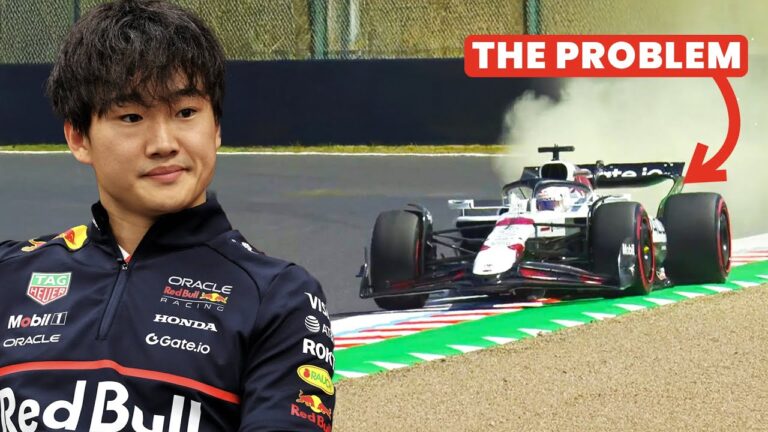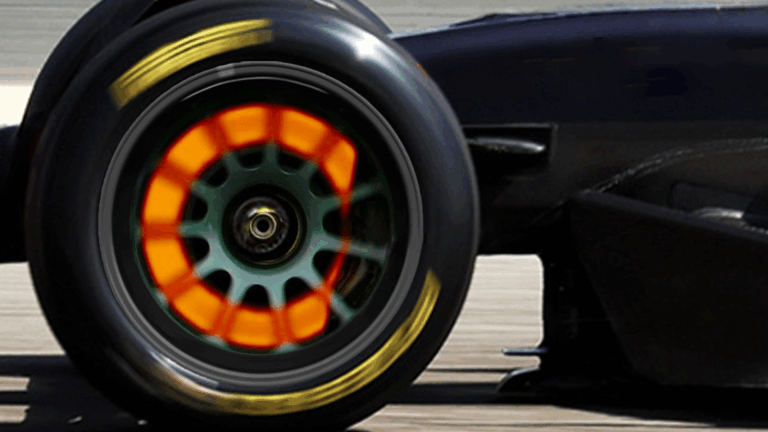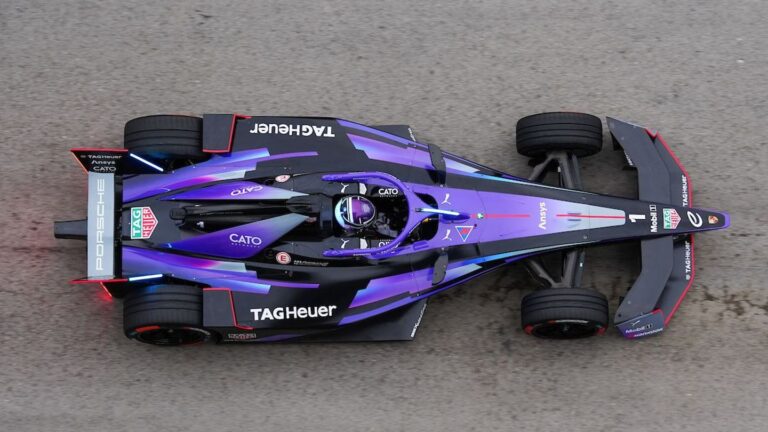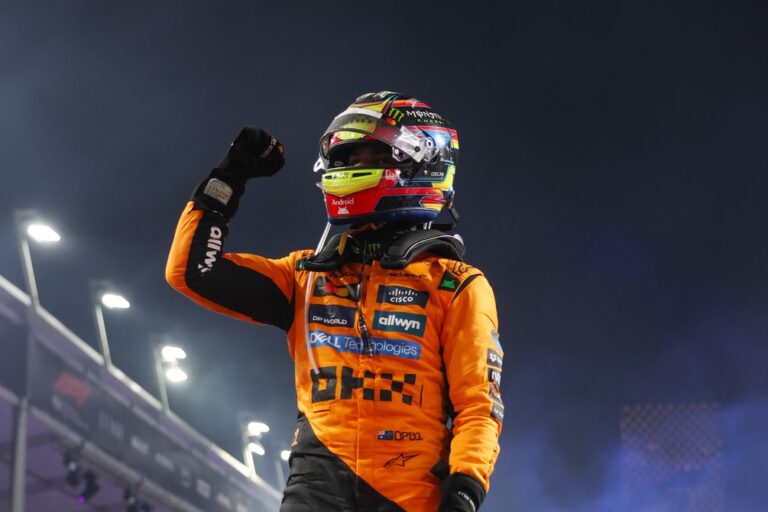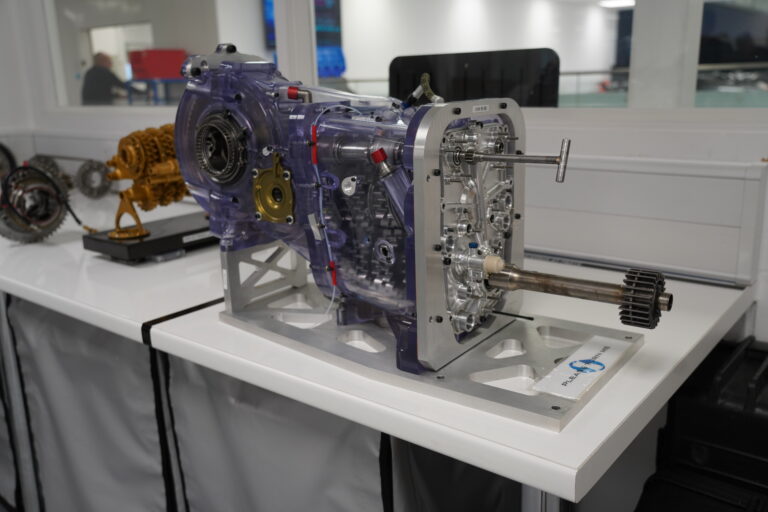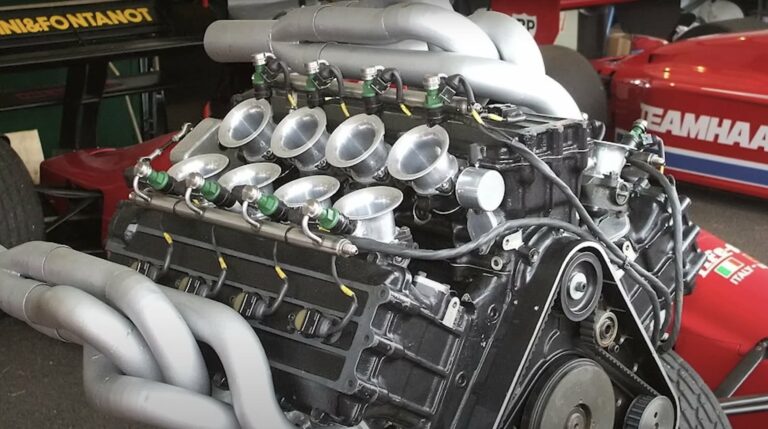
Lando Norris’ rise through the ranks of motorsport is nothing short of fascinating. Known today as a precise and adaptable Formula 1 driver, his journey began in karting at just seven years old. Although Norris has always demonstrated natural talent, his early years were defined by patience, development, and a methodical approach to racing.
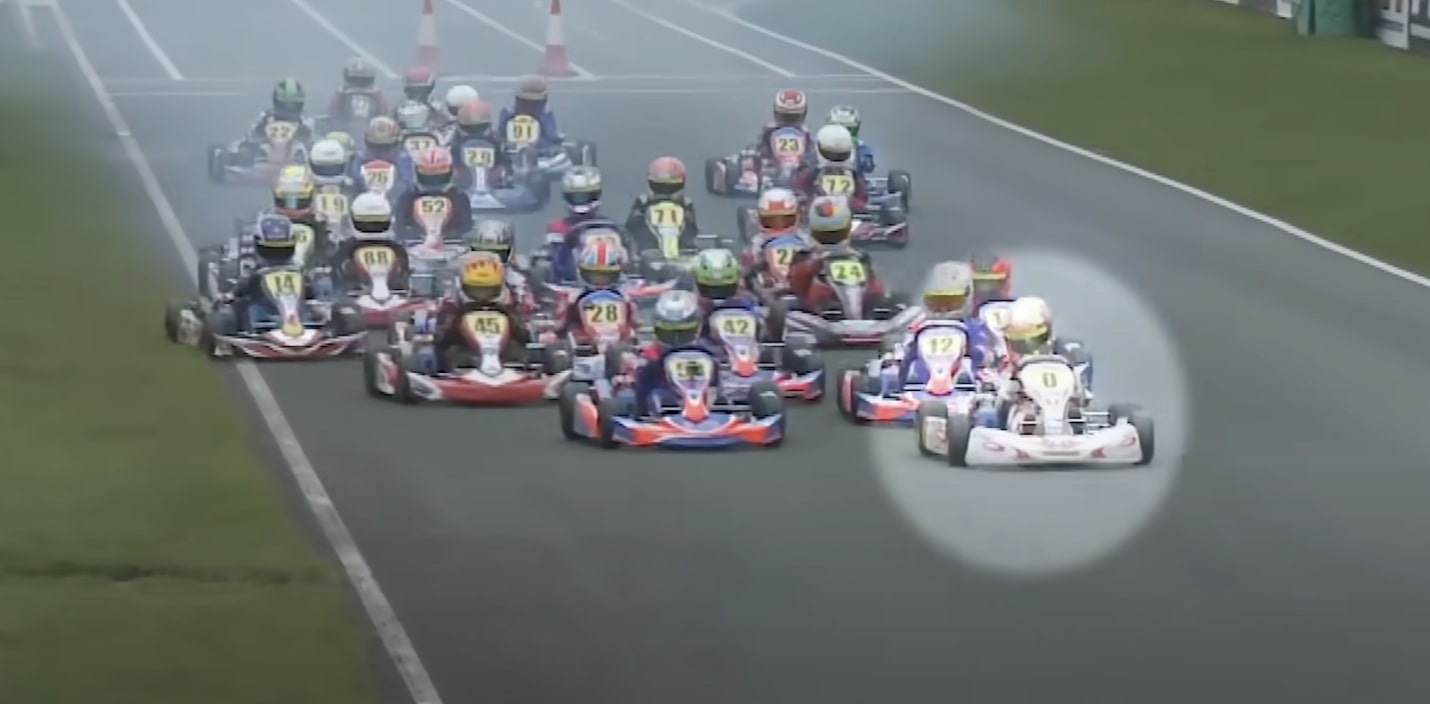
The Early Years: Karting Foundations
Lando’s initial exposure to motorsport wasn’t in Formula 1, but as a fan of MotoGP legend Valentino Rossi. Despite this, he took to karting with remarkable determination. Competing in the Super One Championship, his first few years were challenging—winning just one race in four years. Yet, these early struggles were foundational. Norris developed a calculated style, preferring precision over aggression, a trait that later defined his career.
By age 14, Lando had clinched the CIK-FIA European Championship and the International Super Cup, becoming the youngest karting world champion in history. His ability to manage overtakes and maintain pace in close battles stood out, marking him as a strategic racer even in his youth.

Mastering Technique: A Calculated Approach
Norris’ driving in karting showcased his skill in picking overtaking moments with surgical precision. In high-level karting, breaking away from the pack is rare. Drivers must balance aggression with tactical patience to avoid losing positions unnecessarily. This approach became one of Norris’ trademarks, as he consistently chose his battles wisely, focusing on the bigger picture of race strategy.
During practice and early laps, Lando employed aggressive techniques—sliding the kart and weaving on straights—not just to warm up tires but to gauge grip levels. This allowed him to adapt quickly, often reaching peak performance within just one or two laps, a speed of adjustment rare even among top drivers.
Transition to Cars: The Formula 4 Years
Lando’s move to car racing began with Ginetta Juniors, where he competed against older, more experienced drivers and still managed an impressive third-place finish in the championship. His skill at managing overtakes, as seen in moves like his audacious attempt on Jamie Chadwick at Thruxton, hinted at a fearless yet intelligent racer.
Progressing to Formula 4, Norris immediately demonstrated how his karting experience translated to cars. His adaptability shone, particularly in mixed weather conditions where grip levels fluctuate unpredictably. Lando frequently experimented with alternative racing lines, seeking out traction where others struggled, a skill he carried into his Formula 1 career.


The Formula Renault and Formula 3 Evolution
In Formula Renault, Norris’ patience and racecraft were tested further. One race in Austria perfectly encapsulated his style: after losing the lead, he opted not to immediately retake the position, instead studying his opponent’s weaknesses. On the final lap, he executed a decisive move to reclaim first place, demonstrating both composure and confidence under pressure.
In Formula 3, Norris embraced a slightly more aggressive driving style, utilising oversteer to maximise cornering speeds. This transition highlighted his versatility, as he adjusted to the unique handling characteristics of each car he drove.
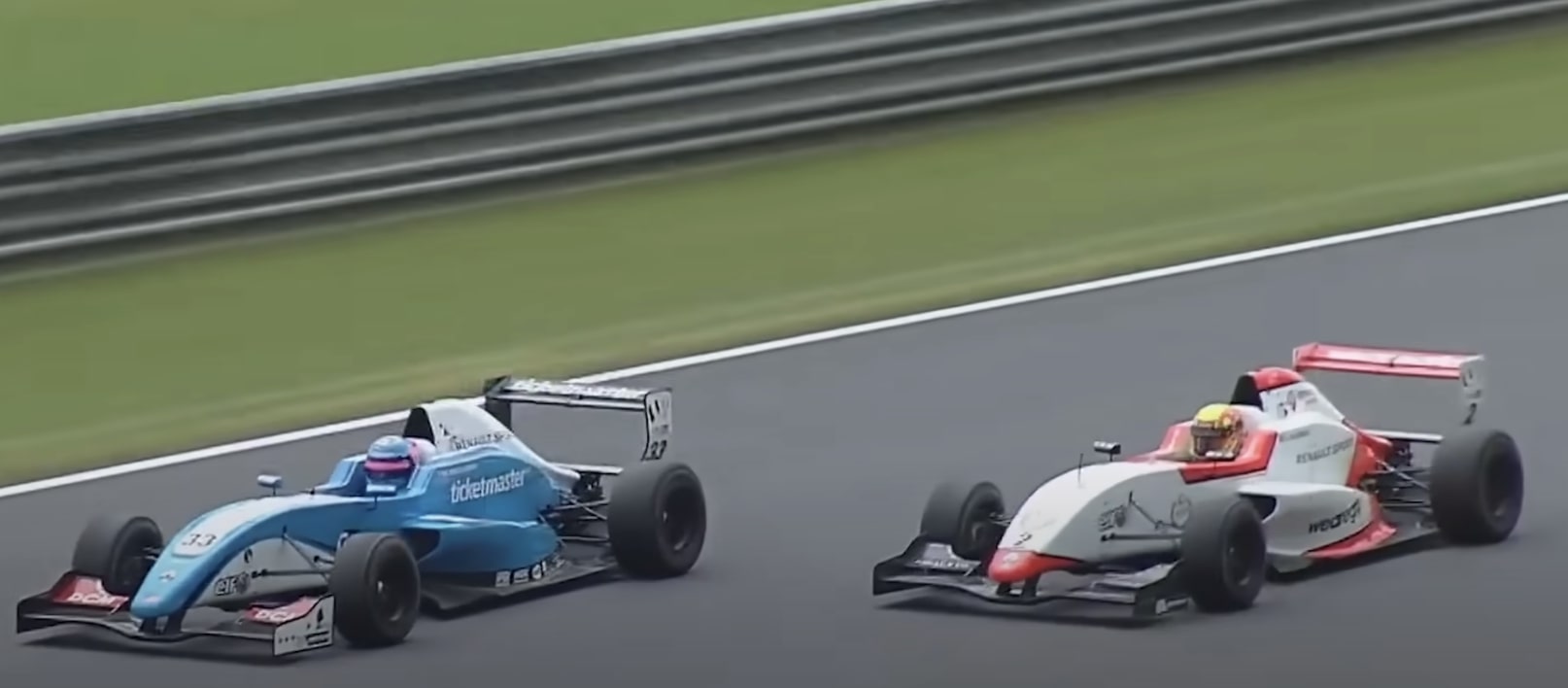
Adaptation in Formula 1
When Norris joined McLaren in Formula 1, his driving style evolved once again. The McLaren F1 car demanded a smoother, more precise approach compared to the aggressive style used in Formula 3. Norris adjusted by focusing on balancing the car through corners, maintaining control while maximising exit speed. His ability to adapt became evident, particularly with McLaren’s 2022 car, which was notoriously challenging to drive. While other drivers, like teammate Daniel Ricciardo, struggled, Norris extracted performance by recalibrating his style corner by corner, often responding to variables like wind direction and tire compound.
The Key to Norris’ Success: Adaptability
Lando Norris’ career is defined by his ability to adapt. Whether it’s karting, junior formulas, or Formula 1, he consistently finds ways to maximise performance. His mental capacity to process feedback and adjust in real-time sets him apart from his peers. It’s not just his natural feel for the car or his calculated racecraft—it’s his willingness to evolve that cements his place among the best.
As Norris continues his Formula 1 journey, his dynamic approach to driving ensures he remains competitive, regardless of the car or conditions. This adaptability, honed through years of discipline and learning, is what makes him one of motorsport’s most intriguing talents.





